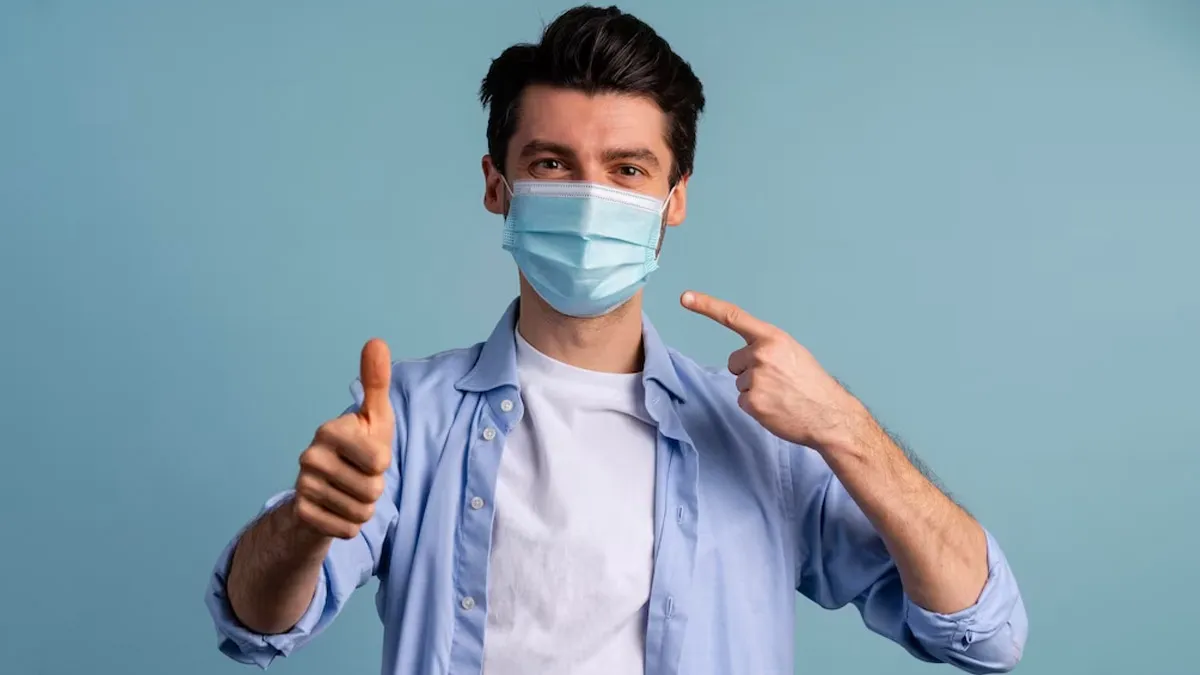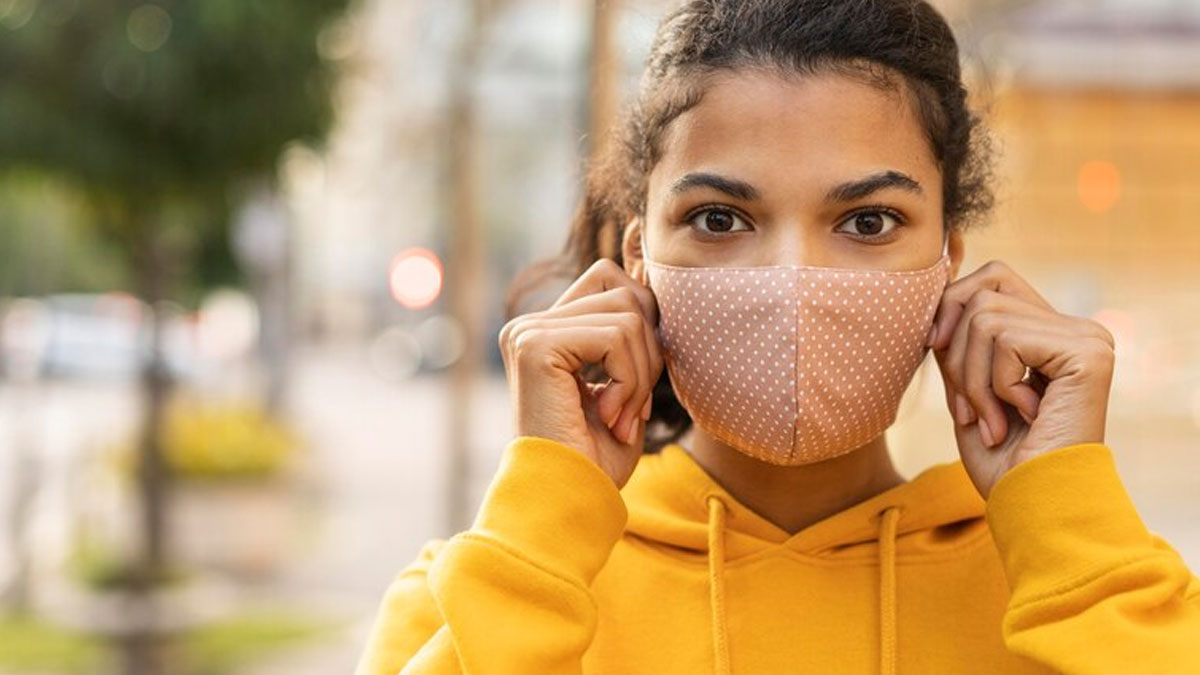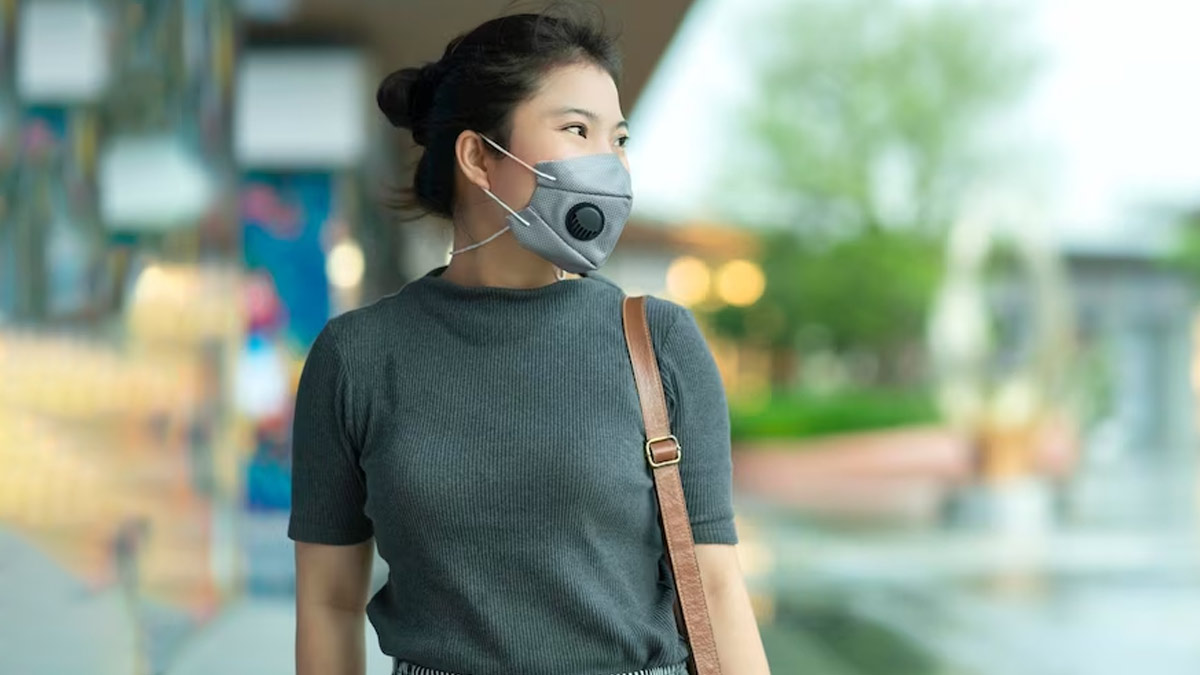
In the last few years, masks have become an integral part of life. However, confusion regarding what type of mask actually prevents airborne infections has persisted. Although medical masks and respirators may seem alike at first, experts and regulatory authorities around the globe have now made it clear that medical masks are not Personal Protective Equipment (PPE). It is important to understand this difference, particularly in healthcare environments where transmission of airborne infections is likely.
Table of Content:-
So, the editorial team reached out to Dr Tushar Tayal, Associate Director, Internal Medicine, CK Birla Hospital, Gurgaon, who explained to us the difference between medical masks and PPE, and everything that you need to know.
What are Medical Masks Made For?
Medical masks, frequently referred to as surgical or procedure masks, were never designed to safeguard the wearer from airborne illness. Their original design was much more mundane: to serve as a splash guard. Medical masks keep healthcare workers in operating rooms from spilling droplets of mucus or saliva onto open wounds, and they also keep these workers from being splashed with blood or bodily fluids.

Also Read: Ate Too Much Sweets This Diwali? Simple Tips to Prevent a Sugar Rush
They fit loosely, are easy to wear, and assist in limiting the spread of larger droplets. Due to this, medical masks work well for source control, i.e., stopping the wearer from transmitting infection to others. They are not meant to form a tight seal on the face, however, so air leaks in and out through the sides with ease. “This renders them useless against breathing in airborne droplets or infectious aerosols that may hang in the air for extended periods of time,” said Dr Tayal.
Why Respirators Are Genuine PPE
Respirator masks like N95, KN95, FFP2, FFP3, or KF94 are meant for an entirely different use. They were initially made to be used in industries such as mining, construction, and manufacturing to shield workers from inhaling dangerous dust, smoke, and other airborne debris.
Respirators also have several layers of sophisticated filtration, usually with electrostatic filters that catch fine particles and aerosols. Most importantly, they fit tightly to the face so that all incoming and outgoing air goes through the filter, not around it. To make this happen, users take a fit test to ensure the mask fits tightly.

“This close fit and high level of filtration make respirators efficient in combating airborne pathogens, including such viruses as SARS-CoV-2,” he added. Several studies conducted during and after the COVID-19 pandemic proved that respirators are much more protective for healthcare professionals as well as the general public than medical masks.
What Health Authorities Are Saying
Recent clarifications by international organisations have shared the distinction officially. The British Occupational Hygiene Society (BOHS) in 2025 maintained that it is a violation of health and safety legislation to utilise medical masks as PPE for healthcare professionals. The Canadian Standards Association (CSA) equally agreed that surgical masks are not respirators and thus should never be used for respiratory protection in healthcare areas.
Even the U.S. Centres for Disease Control and Prevention (CDC) and Food and Drug Administration (FDA) classify face masks as devices for source control, and not for personal protection. Similarly, the European Union's EN14683 standard states unambiguously that medical masks are not compatible with PPE regulations.
Bottomline
Medical masks will cut down on the transmission of droplets, but not prevent the wearer from contracting airborne diseases. However, respirators are authentic PPE, designed to block small particles and provide an effective facial seal.
Wearing a well-fitted respirator is still the best for medical staff and all others exposed to high-risk settings. The word from the experts suggests that respirators alone can be called personal protective equipment in the case of protecting yourself from airborne dangers.
Also watch this video
How we keep this article up to date:
We work with experts and keep a close eye on the latest in health and wellness. Whenever there is a new research or helpful information, we update our articles with accurate and useful advice.
Current Version
Oct 21, 2025 15:02 IST
Published By : Tanya Srivastava